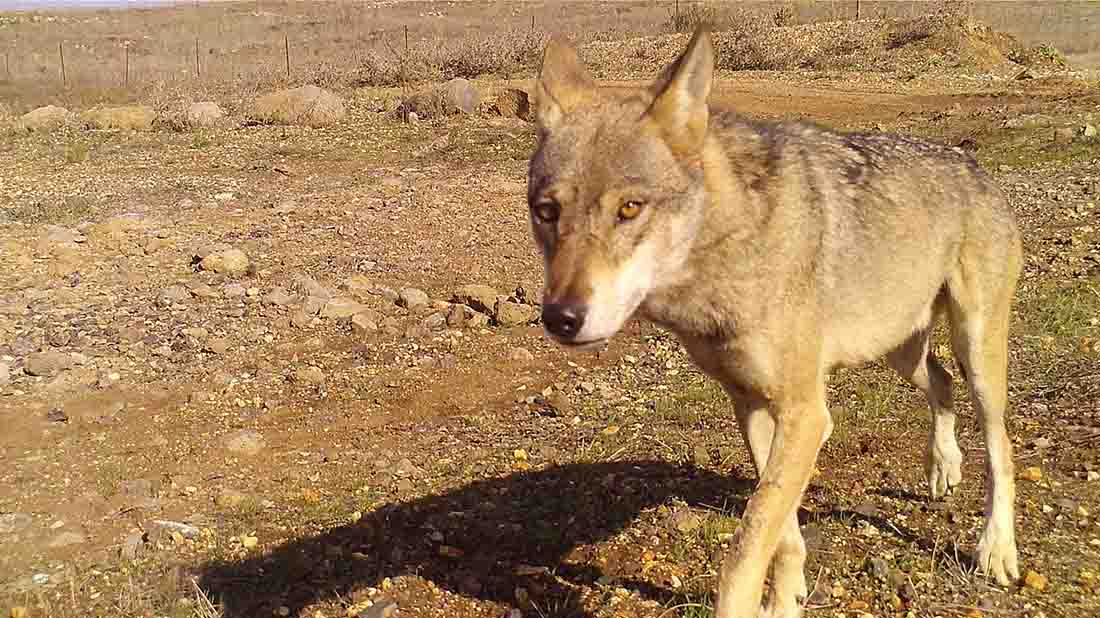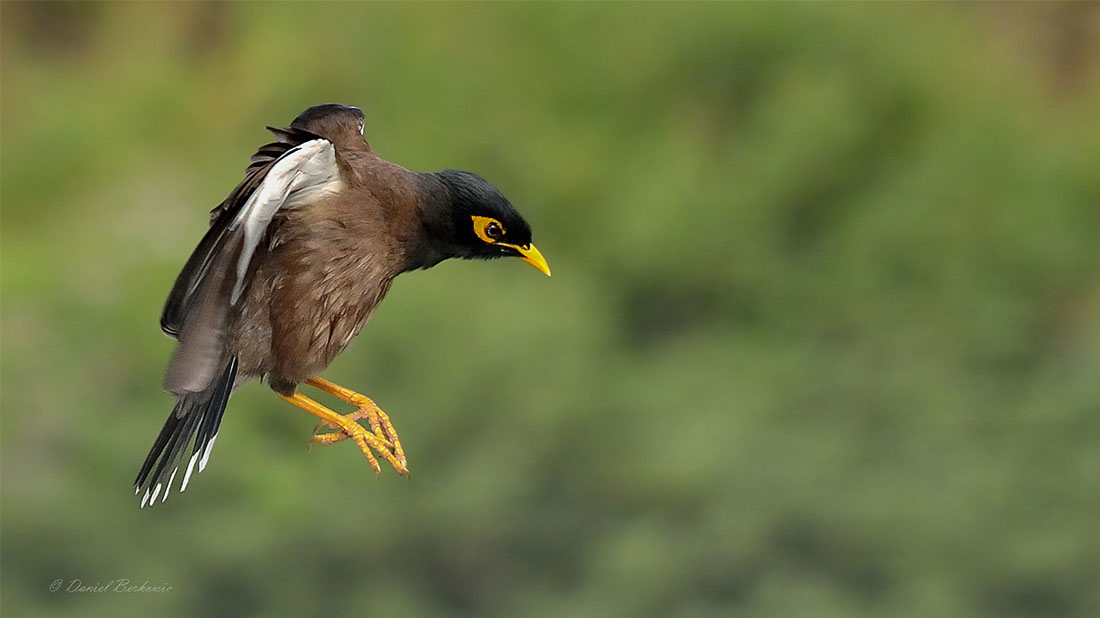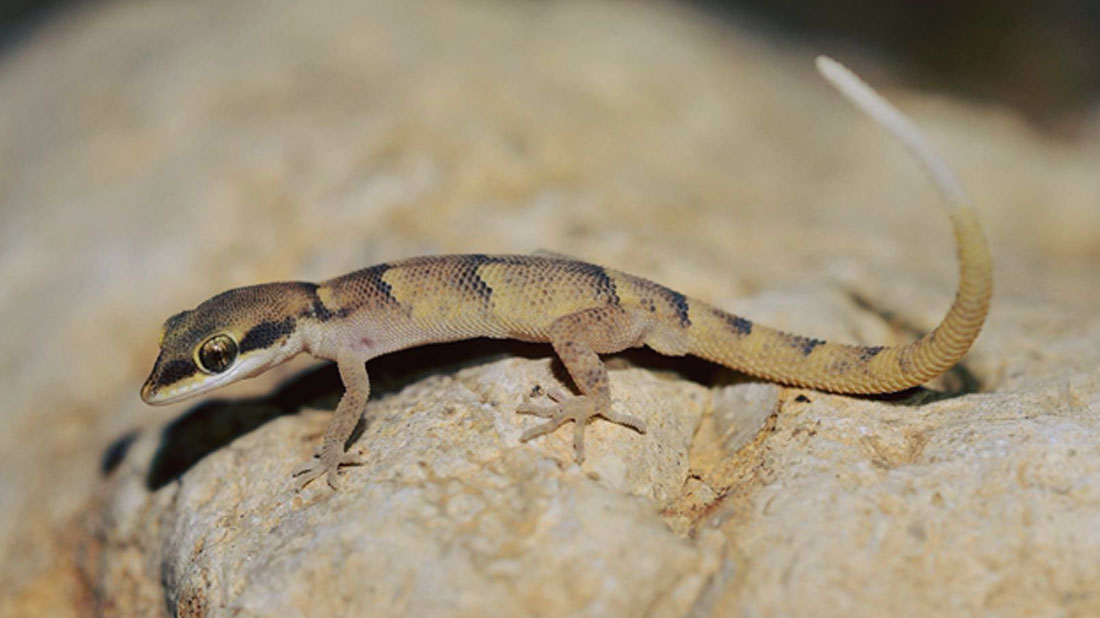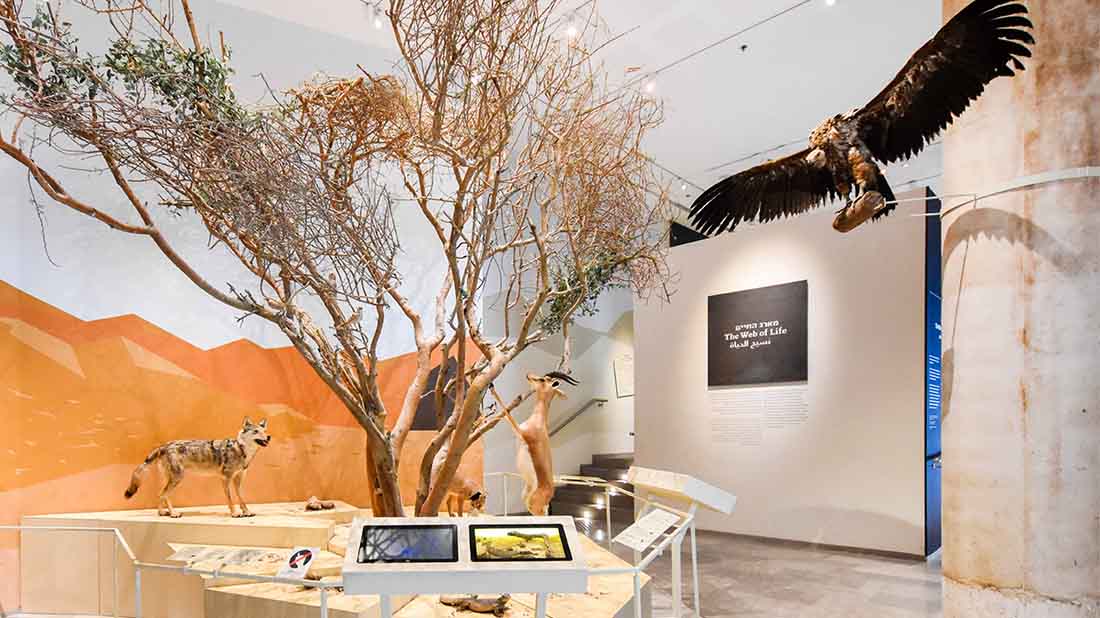Cattle herds in the Golan Heights graze freely in the open landscapes, but what happens when calves are hunted by predators such as wolves? How can we promote coexistence of wolves and humans? Shlomo Preiss-Bloom, a researcher at the Steinhardt Museum, is trying to help solve this conflict through ecological research. Along the way, he has also set up a broad database on wildlife diversity in the Golan that can be used for future studies.
Shlomo Preiss-Bloom was a mechanical engineer working at Intel, when one day he came across an article that led to a career change. The article was about the conflict between wolves and cattle ranchers in the Golan Heights. Shlomo, who has always been a nature lover, and was very familiar with the story of the reintroduction of wolves to Yellowstone Park in the USA, couldn’t remain indifferent to this issue. He knew that wolves are the last apex predator remaining in Israel, and they are also a keystone species; in other words, their presence and activity have an impact on the entire ecological community of the region. Thus, on one hand it is important to protect the wolf population, but on the other hand their presence impacts the cattle breeders since they predate on the calves. Shlomo contacted some of the people who were quoted in the article, including Dr. Dror Ben-Ami from the non-profit organization, “Compassionate Conservation”, and asked to take part in the project for promoting coexistence between wolves and humans in the Golan Heights. Through this connection, Shlomo came to the laboratory of Prof. Tamar Dayan, Chair of the Steinhardt Museum, and began a Master’s degree in zoology at Tel Aviv University. Today he is studying in the direct PhD track.
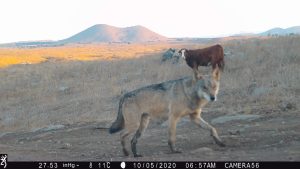
A wild grey wolf (Canis lupus) and a free-ranging cow share the landscape in the Golan Heights
How are wolves studied?
Shlomo’s research focuses on the impact of humans on the wolf population in the Golan and the impact of wolves on other species in the ecosystem. Shlomo’s research is an ecological study that examines the entire food web and the role of wolves within it. In order to monitor wolf activity, Shlomo installed 60 cameras with motion sensors throughout the Golan Heights. The motion sensors are activated by movement of all animals, not just wolves; thus, a wide range of animals is photographed. The presence of wolves, as documented by the photographs that were obtained, acted as an index of the strength of their activity; this was examined in light of their interactions with humans and land use. The cameras were distributed in such a way as to represent different types of land use: agriculture, minefields, nature reserves, firing ranges, built areas and more.
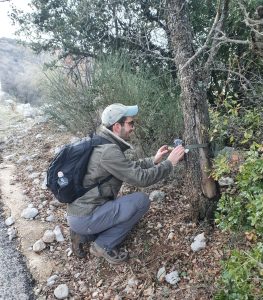
The researcher installs one of the research cameras
What would you be prepared to do for your research?
A study of this kind is particularly complex and requires the researcher to be present in the field. Therefore, Shlomo moved to the Golan Heights for the entire period of the study, so that he could operate the 60 cameras he had installed. Some of the areas required special entry permits from the Nature and Parks Authority and from the army. For example, firing zones could only be accessed on the weekend, and Shlomo, who observes the Jewish Sabbath, found himself setting out at four o’clock on Friday mornings in order to check the cameras and get back home in time before the Sabbath begins. In other areas he had to coordinate the installation with the local ranchers and farmers; cameras were frequently knocked askew and some even disappeared. The actual installation of the cameras was also complex: it was necessary to install them in a place that would be sufficiently hidden from approaching animals, but not too hidden, so that the cameras could detect the motion and take a photo. Most of the cameras were installed next to trails, since most wildlife movement takes place along them, but not near main trails, along which there is much movement of tourists and vehicles. There were a few incidents in which animals themselves knocked down cameras, resulting in photographs of the guilty hyena or wild boar caught in the act.
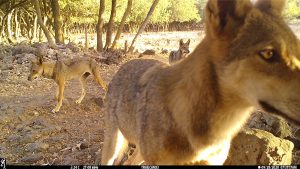
A group of four wolves in the Odem Forest.
How can one study lead to further studies?
For three and a half months the cameras took more than a million photos! How can we deal with such a huge amount of data? In the first phase, Shlomo used artificial intelligence software developed by Microsoft to filter out all the photos that didn’t capture animals. The next phase included manual sorting of all of the photos according to the animal species appearing in them. This was a very long process that required three dedicated research assistants; in the end it was found that more than 20 different species were photographed, including wolves, of course, but also gazelles, mongooses, rock hyraxes, wild boar, hyenas, porcupines, hares, badgers and more. The final result was a comprehensive database on species diversity in the Golan Heights, which could be used for other studies in the future. Through spatial and statistical analysis of the photographs taken in the field, Shlomo is now examining the impact of humans on the activity of wolves in the Golan Heights and how wolves contribute to shaping the entire ecosystem. The preliminary results of the study will be published shortly.
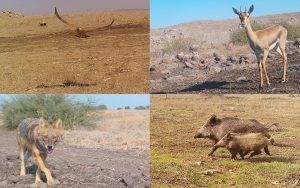
Some of the diversity of wild animals in the Golan that were photographed during the study


